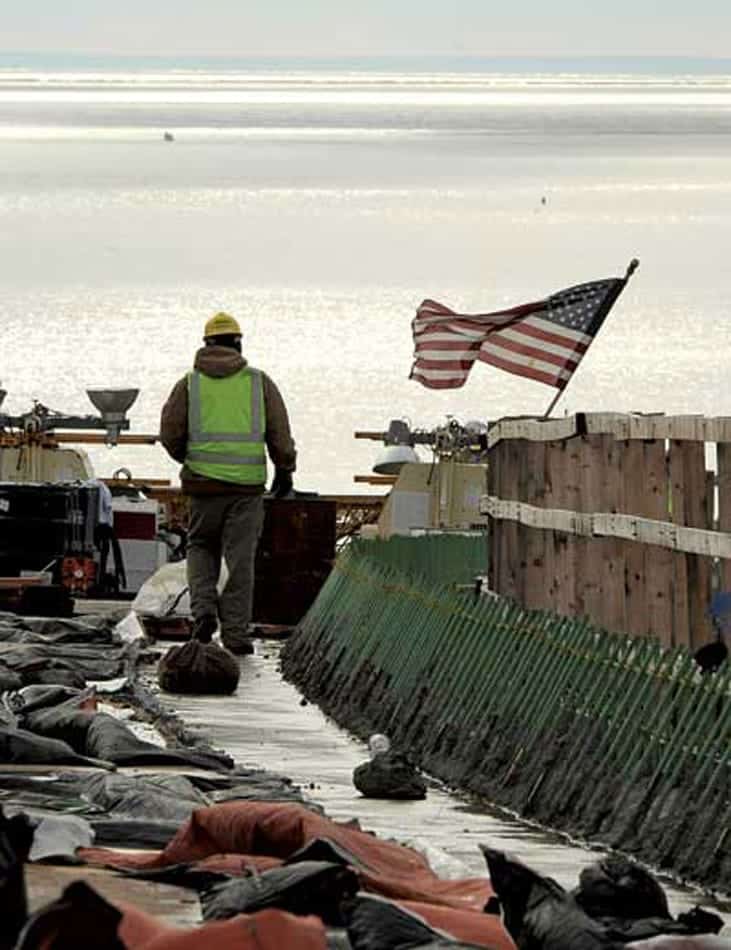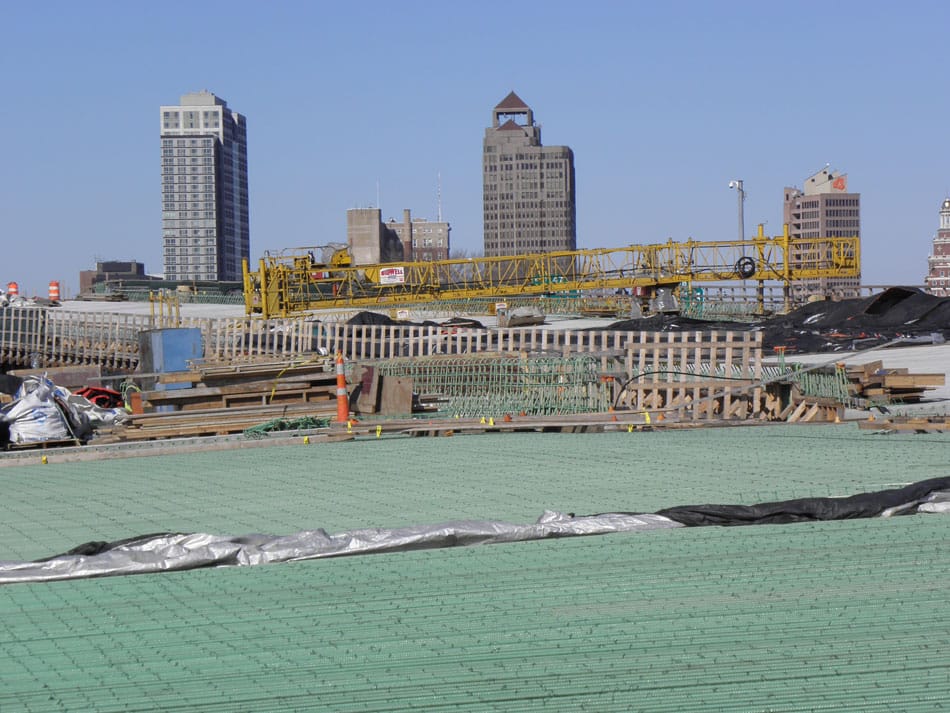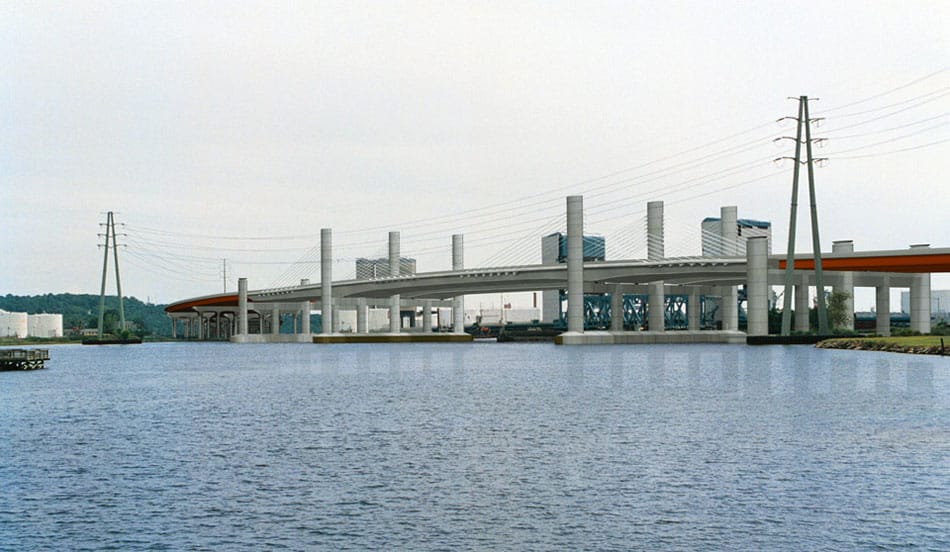






PEARL HARBOR MEMORIAL BRIDGE – Q BRIDGE
New Haven, CT
PROJECT DETAILS
- Design Criteria:
- Create a “memorial quality” structure.
- Use high-performance materials to provide durability.
- Provide maximum clearance above waterway.
- Owner: Connecticut Department of Transportation
- Designer: URS Corporation
- Construction Engineering: Buckland & Taylor
- Construction Engineering and Inspection: H.W. Lochner, Inc., Chicago / FIGG
- General Contractor: Walsh Construction Co. / PCL, Joint Venture (Bridge)
- Total Project Cost: $137 million
- Program Manager: Parsons Brinckerhoff, New York
- Total Project Size: 1013 feet (Bridge)
- Year Completed: Estimated – 2013 / 2016
In 1958, I-95 through Connecticut was formally opened to traffic. I-95 was constructed with six lanes from the New York State border to East Haven, and with four lanes between East Haven and Rhode Island. When it was built in 1958 as part of the 129 mile long Connecticut Turnpike, it was the largest bridge along the turnpike and included the longest plate girder span in the United States.
By 1989 this area of I-95 experienced traffic volumes in excess of 140,000 vehicles per day, more than three times the 40,000 vehicles per day it was designed for. The Q Bridge, so named because it crosses the Quinnipiac River, is also known for its gridlock during morning and evening rush hours.
URS provided design services for the replacement of the Pearl Harbor Memorial Bridge, or Q-Bridge. The project includes replacement of the entire mile long bridge viaduct structure, increasing the current six-lane configuration to ten lanes and providing full shoulder widths. The extradosed main span of the new Pearl Harbor Memorial Bridge consist of a center span at 515 feet and the two side spans each at 249 feet long and will be the first of its type in the United States. The overall length of the bridge will be approximately 1013 feet long. A tower rises 75 feet above the roadway, maximizing the available straight span length within the highly curved New Haven I-95 highway alignment.
An advantage of the extradoses span is that the stay cables need no tension adjustment as would be required for a conventional cable stayed bridge. This will result in reduced future maintenance costs. Further, the girder depth of an extradosed bridge is less than that of a standard girder bridge.
Requirements were placed on construction to minimize intrusion into the natural environment. This included construction of extensive work bridges into the river to avoid use of shallow barges and boats that could negatively affect the river bottom and marine habitat.
Project specifications for the high performance concrete (HPC) call for the use of 20 percent fly ash and six percent micro silica. Also, epoxy-coated reinforcing steel was used extensively.